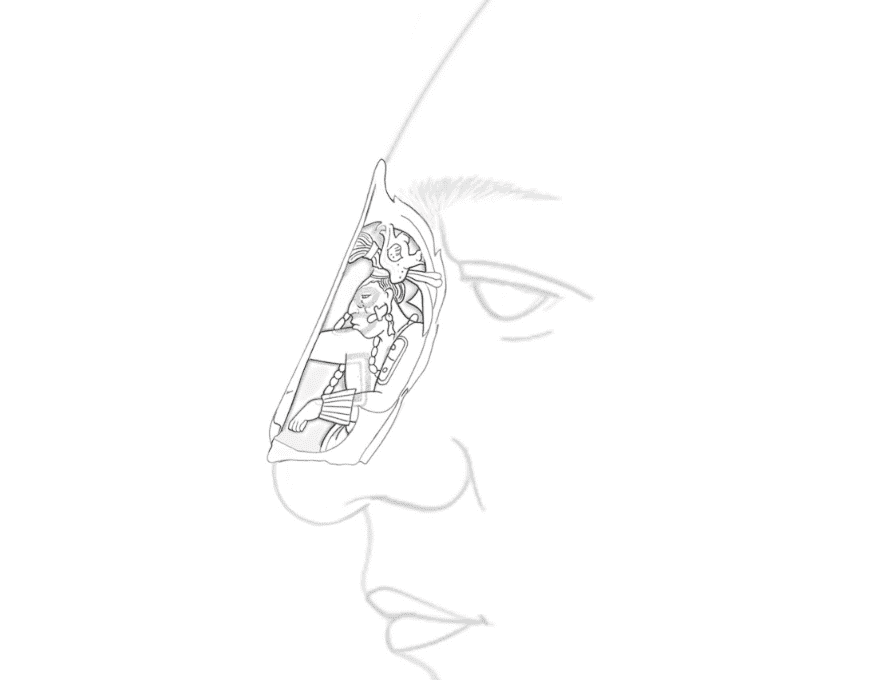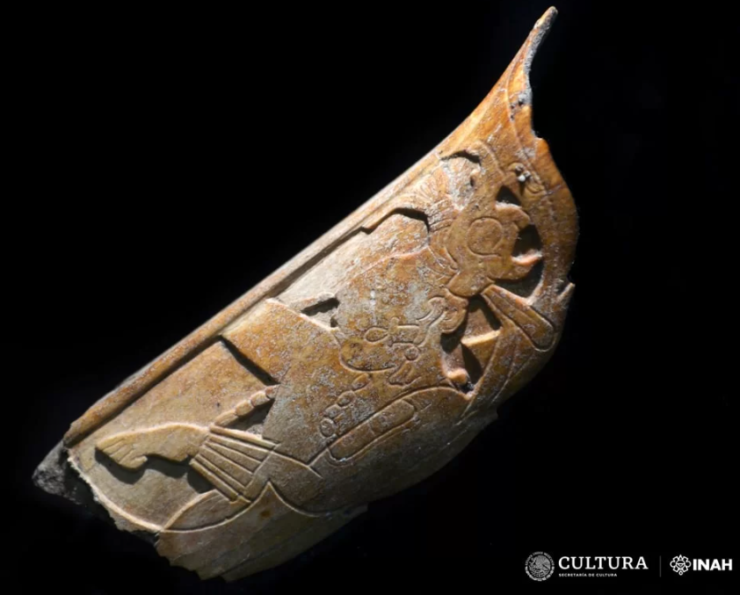An extraordinary nose ornament made of human bone was found in an ancient Mayan city in Mexico.
The country’s National Institute of Anthropology and History (INAH) announcing that researchers had discovered the rare artifact while doing research at the Palenque Archaeological Zone in the southern state of Chiapas.
The Maya City State of Palenque was inhabited from the latter part of the first millennium B.C. until around the eighth century A.D. A number of the best known specimens of Maya architecture and art can be seen at the archaeological site.
Up until the time of Spanish colonization, the Maya civilisation ruled over what is now southeast Mexico, Guatemala, Belize, and the western regions of El Salvador and Honduras for more than 3000 years. The Mayans are known for their spectacular architecture and artwork, as well as their sophisticated calendar, arithmetic, and astronomy system. They also devised the only completely developed writing system in pre-Columbian America.
The ceremonial deposit that the nasal jewelry belonged to dates to the Late Classic period of Mesoamerican history (between 600 and 850 A.D.). The jewelry was discovered along with the remnants of fish, turtles, small mammals, seeds, obsidian blades, and even sizable chunks of charcoal. It was crafted from a human leg bone and contains a finely carved scene. A profile of a man wearing headgear shaped like a bird‘s head may be seen in one section of the artifact. A representation of a human skull without a lower jaw is evident in another part.



Researchers believe the nasal ornament was worn by ancient city rulers and priests during ceremonies in which they embodied K’awiil–the Maya god of corn and fertility–“because one of the characteristic features of the divinity is the shape of the extremely elongated head and profile that ended in a point,” said Arnoldo González Cruz, director of the Palenque Archaeological Project (PAP).
According to Cruz, the ancient inhabitants of Palenque aspired to imitate the head of this god through deliberate cranial deformity. The Palenque nasal jewelry is about 2.5 inches long and 2 inches wide. It was intended to protrude over the wearer’s forehead while being worn on the nose. When wearing the nasal ornament, those whose skulls had been distorted to mimic the corn deity would take on a distinct appearance.
“The deformed skull and the use of the nasal ornament allowed the bridge of the nose to be covered, so that the profile, from the tip of the nose to the forehead, was a continuous and almost straight line.” Cruz said.
